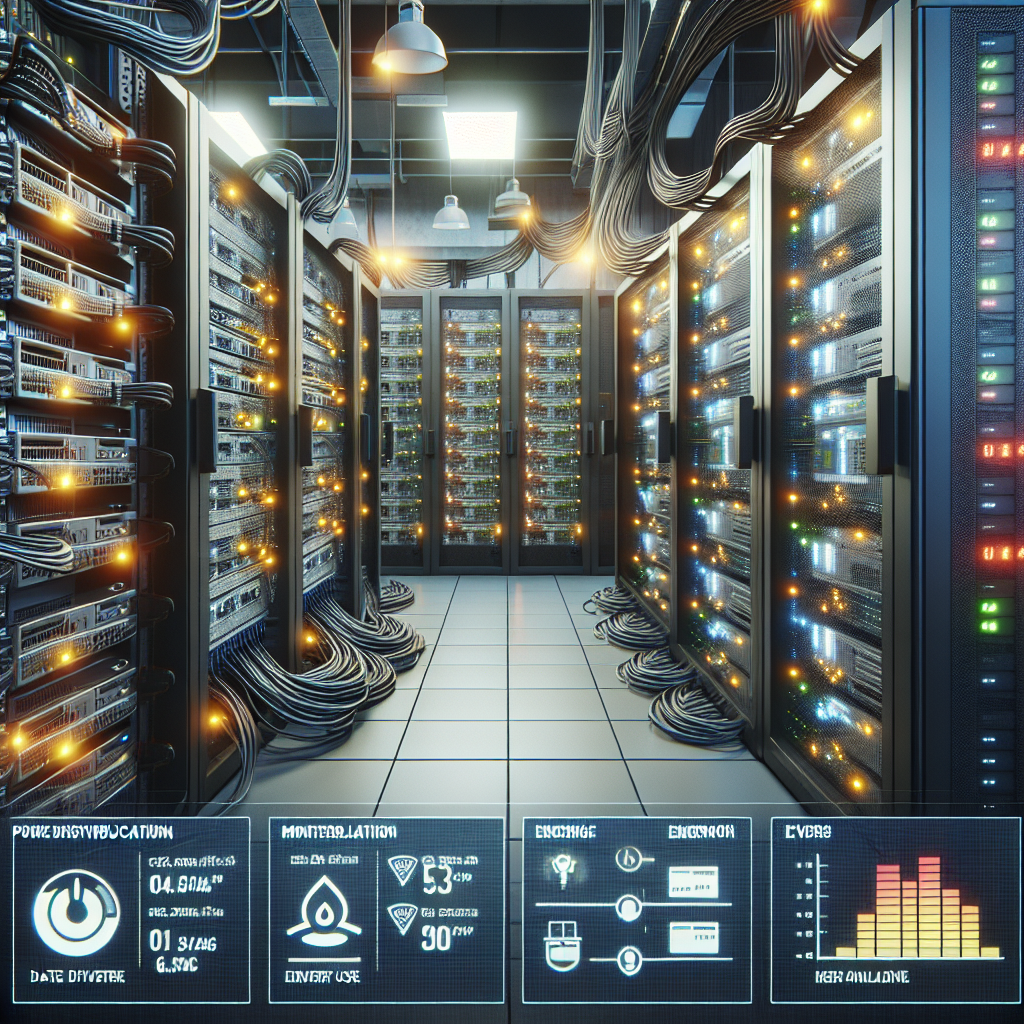AnyFix for Windows – One-Time Purchase/5 Devices
Data centers are the backbone of modern businesses, housing the critical infrastructure that supports everything from email communication to online shopping. With the increasing demand for data processing and storage, data centers are under more pressure than ever to deliver optimal performance while also being energy-efficient.
One key aspect of optimizing data center performance is power distribution. Efficient power distribution ensures that servers and other equipment receive the necessary electricity to operate at their best, while also minimizing energy waste and reducing costs. Here are some best practices for optimizing power distribution in data centers:
1. Use efficient power distribution units (PDUs): Power distribution units are essential components of data center infrastructure, responsible for distributing power from the main source to servers and other equipment. Using efficient PDUs with high power ratings and built-in monitoring capabilities can help ensure that power is distributed evenly and efficiently throughout the data center.
2. Implement a modular power distribution architecture: Traditional data center power distribution systems are often rigid and inflexible, making it difficult to scale up or down as needed. Implementing a modular power distribution architecture allows data centers to easily add or remove power distribution units as demand fluctuates, improving efficiency and scalability.
3. Use intelligent power management software: Intelligent power management software can help data center operators monitor power usage in real-time, identify areas of inefficiency, and take proactive steps to optimize power distribution. By analyzing power usage trends and making adjustments as needed, data center operators can improve performance and reduce energy costs.
4. Implement power redundancy: Power outages can have devastating consequences for data centers, leading to downtime and data loss. Implementing power redundancy measures, such as backup generators or uninterruptible power supply (UPS) systems, can help ensure that data centers remain operational even in the event of a power failure.
5. Conduct regular power audits: Regular power audits are essential for identifying areas of inefficiency and optimizing power distribution in data centers. By monitoring power usage, identifying bottlenecks, and making adjustments as needed, data center operators can improve performance and reduce energy costs over time.
In conclusion, optimizing power distribution is crucial for ensuring optimal performance and efficiency in data centers. By implementing best practices such as using efficient PDUs, implementing a modular power distribution architecture, using intelligent power management software, implementing power redundancy measures, and conducting regular power audits, data center operators can improve performance, reduce energy costs, and ensure the reliability of their infrastructure.


Leave a Reply
You must be logged in to post a comment.